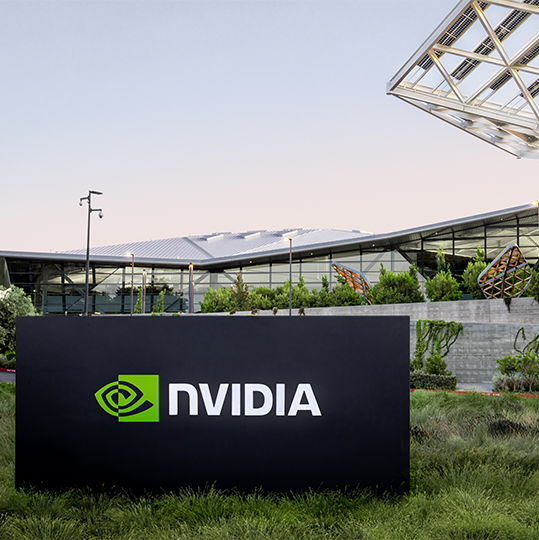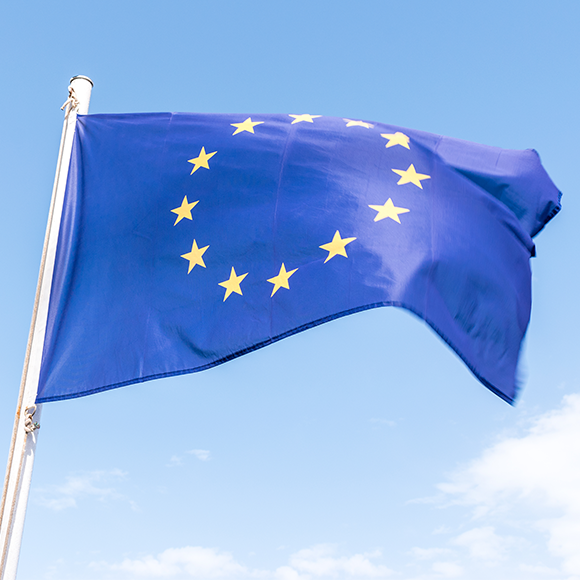The first structured products were transacted in the UK in the early 1990s with the technology used to create them soon spreading throughout Europe.

A short history of structured products
The first structured products were transacted in the UK in the early 1990s with the technology used to create them soon spreading throughout Europe. Originally seen as a way to provide retail investors with a way of accessing stock market returns without risking capital, structured products rapidly became a far more wide-ranging investment option.
Although the European structured product market is the oldest globally, it has now been eclipsed by the Asia Pacific market: total sales in Hong Kong alone in 2014 exceeded the aggregate volume for the whole of Europe for that year.
Sales in most European markets fell significantly after the global financial crisis, but the majority have since stabilised albeit at lower levels. In response to intense regulatory scrutiny since 2009, there has been a marked reduction in the use of complex payoffs and exotic underlyings, and the number of products issued in most countries has fallen from pre-crisis levels.
Despite pan-European harmonisation efforts, there is still a broad diversity of products throughout the region, reflecting local regulatory, distribution and investment-preferences. It should be noted that historically low interest rates have weighed heavily on the market as providers continue to struggle to produce attractive returns for investors.
Structured products are now well established in most countries throughout Europe and are provided by major banks, insurance groups and a variety of other organisations, such as national postal groups (like La Banque Postale in France and BancoPosta in Italy) and savings organisations. Supranational organisations such as the World Bank, which launched its green growth bond in Belgium in 2014, have also become issuers. This product attracted the largest public subscription ever for an equity-linked note in that country.
Switzerland and Germany have replaced Spain and Italy as the largest structured product markets, with the former demonstrating the importance of high net worth individuals. Sales in some countries, notably the Netherlands, Norway and the UK have fallen significantly since the credit crisis and have yet to recover.



